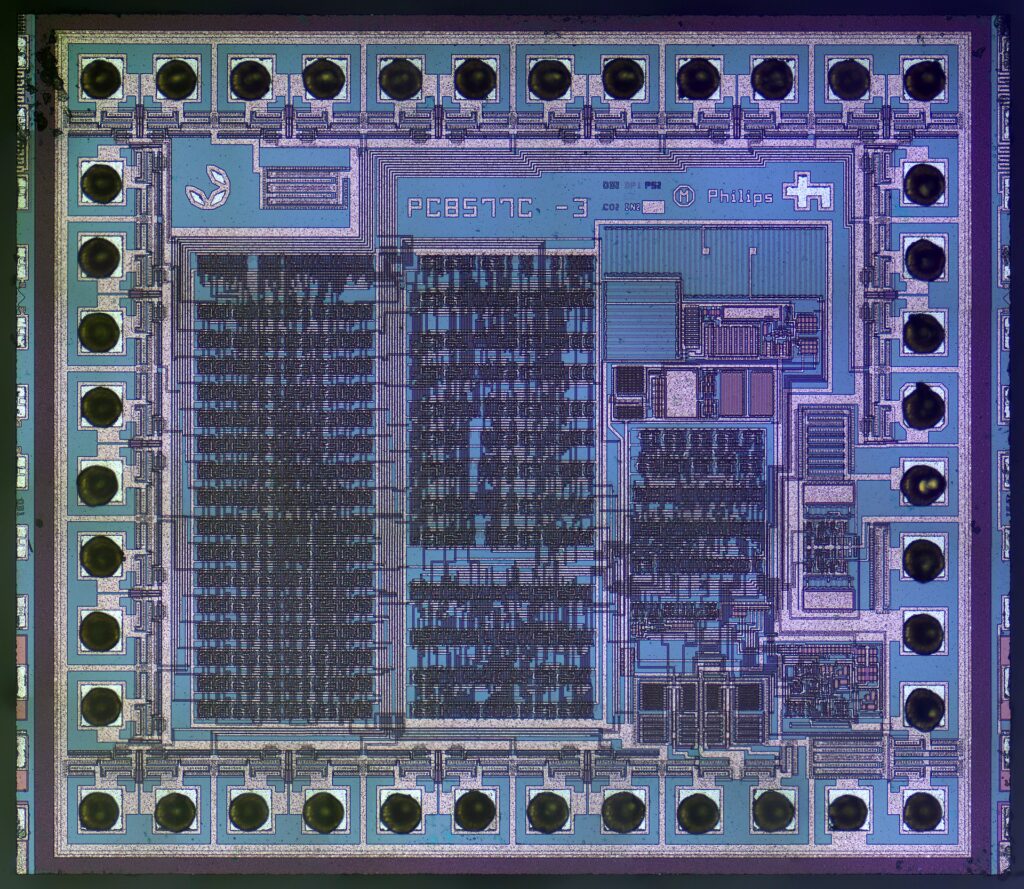Taking the Long View on Industrial Planning

It’s not that surprising that the massive influx of money into American microchip processing plants has come up against the reality that the shortage this responded to in the wake of the pandemic has been alleviated. Now, is there the demand? Plans to expand the industry have slowed significantly. Even leaving behind the questionable decisions to locate this thirsty industry in desert locations, it hasn’t quite worked as the Biden administration hoped.
Well, OK. But I think there’s a larger issue here, which is the short-term of nature of our industrial planning. There’s a natural reason for this–the political cycle doesn’t repay long-term planning. So yeah, it certainly helped the nation in the 40s and 50s when the basic goals of industrial planning were bipartisan, minus some details. Would a Republican administration continue to invest in an industry such as microchips? I guess we might find out. But the only way to have a functional industrial policy is to largely ignore short term fluctuations around a given industry and press ahead for what you want the nation’s economy to look like 30 years from now, not 5.
If there’s one thing the pandemic should have demonstrated on this point, it’s that relying on one nation (never mind for now that it is a dictatorship) for global production is…..just a bit of a problem. There has been some learning here and in part because of this and in part because Xi Jinping seems willing to sacrifice the entire Chinese economy to recreate his Maoist dreams of unchallenged power, imports to the U.S. from Mexico surpassed that of China last year for the first time in years.
Thus, it makes no sense at all to rely on one or two or five nations for critical components such as microchips. You can make a case for not bothering to produce things in the United States, but it certainly makes you more vulnerable to not do so. What you can’t make a case for is channeling all industrial production into just a couple of countries, which was the case in the first two decades of this century.
In conclusion, we need to keep on the microchip future despite short term hiccups.


